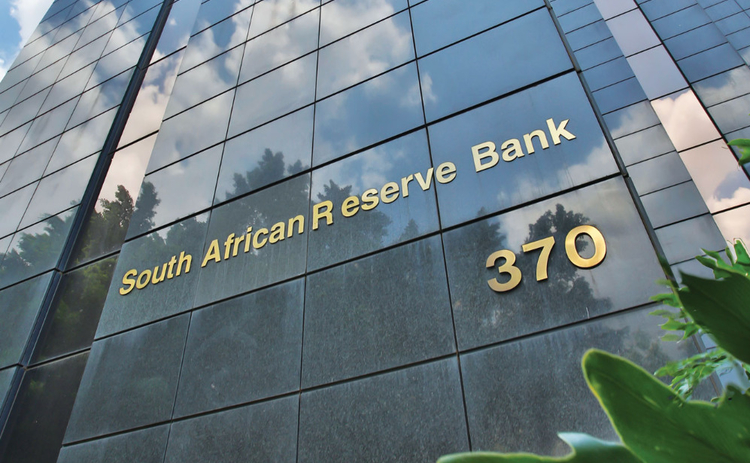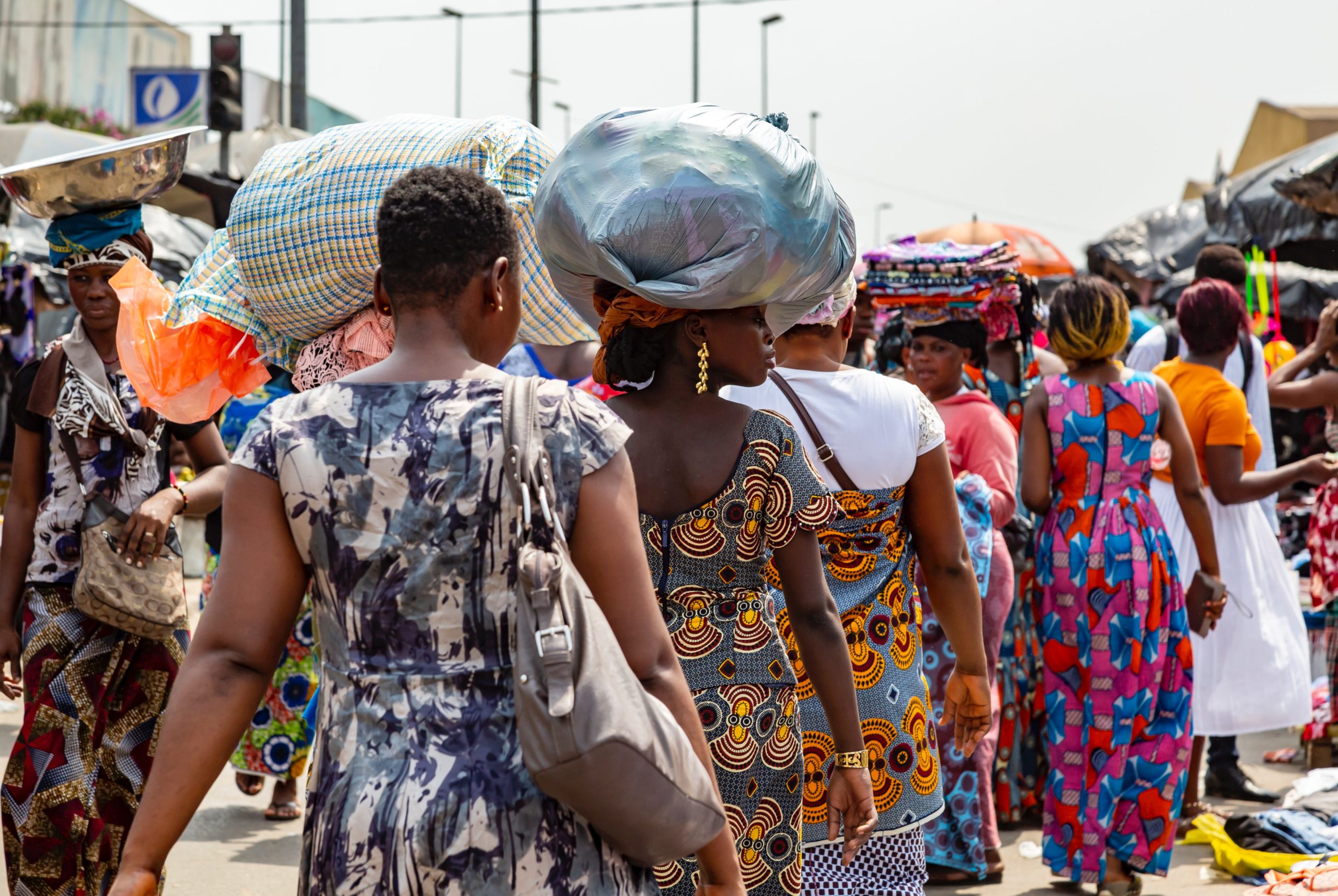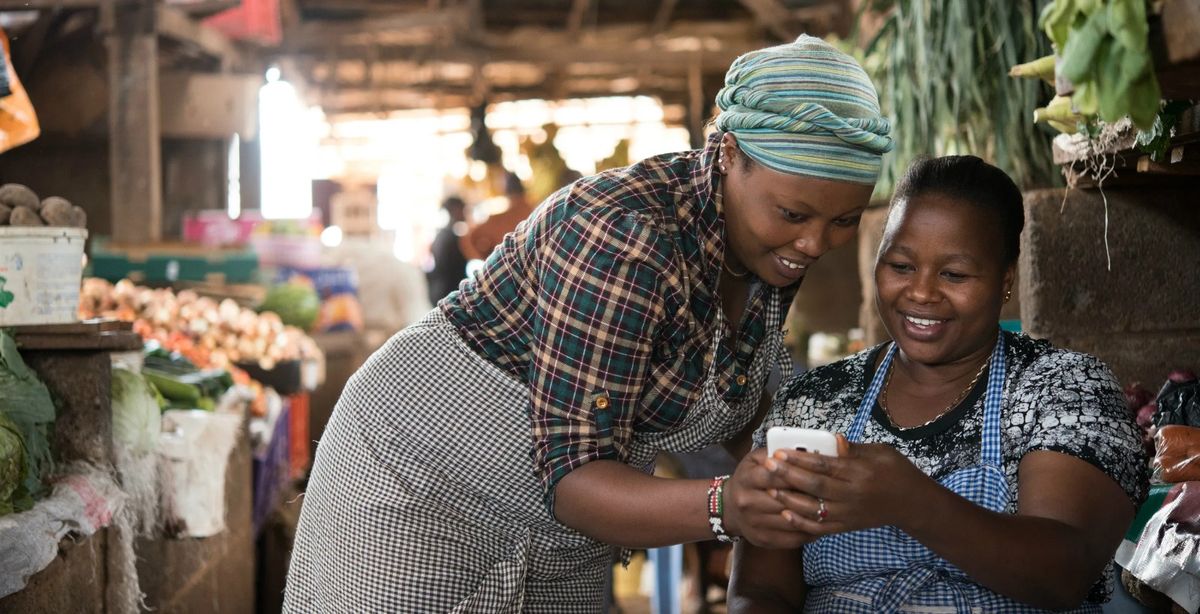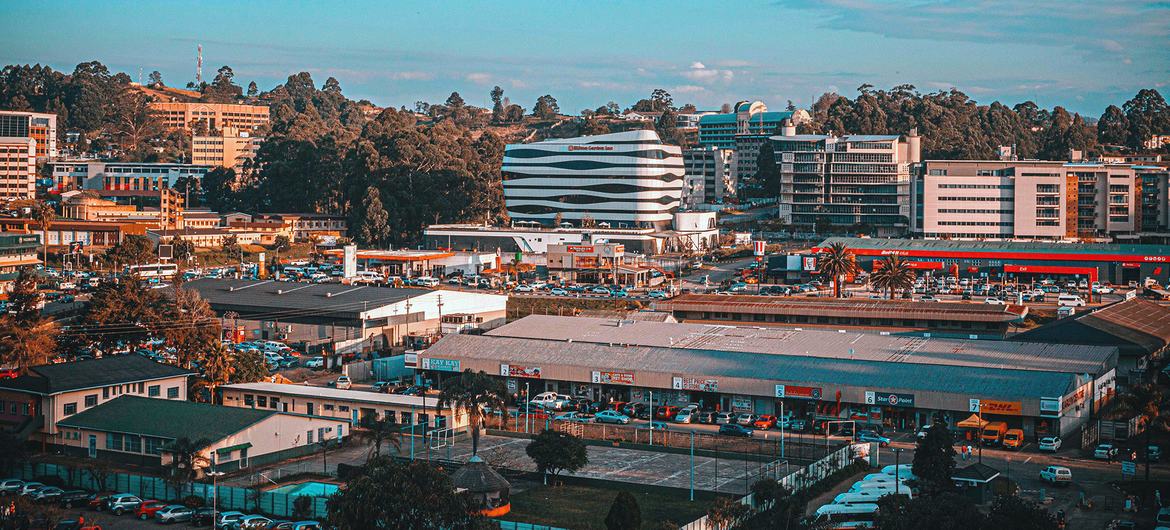South Africa’s plan to broaden financial inclusion and also boost the economy by growing the financial payment sector is currently taking shape. This comes against the backdrop of the launch of the South Africa (SA) Reserve Bank pilot project, dubbed the National Rapid Payments Programme (NRPP), earlier this year.
The NRPP is anticipated to modernise the country’s payment infrastructure and also introduce more role players in the financial payments playing field to cater for consumers’ varied needs. The main aim is to allow for financial enablement, which basically means providing accessible and inclusive cashless payment options and reliable methods to disburse funds.
You should also read: Pan African Payments System: Direct Vs Indirect Participation
The Reserve Bank states that other benefits of the NRPP include, “reducing tax leakages, reducing the cost of cash transactions, supporting the digital enablement of SMEs and providing credit institutions with greater insights to offer credit to qualifying businesses or individuals.”
Essentially, the long-term plan is to promote: competition and innovation, financial inclusion, regional integration, transparency and public accountability, cost-effectiveness, transparent regulatory and governance framework and flexibility in carrying out payments.
The Reserve Bank further indicates that at its best, the Rapid Payments Programme has the potential to add 0.25% to the national GDP and unlock new market segments, as well as open up revenue and growth opportunities in South Africa and across borders.
Currently, SA has about 15 players in the digital payments system which include Payfast, Yoco, Zapper, MobiCred, PayFlex, PayGate, Netcash and PayPal among others. In the past few years, the country has experienced an increase in digital payments as opposed to physical, as consumers become more digitally savvy and adverse in using digital payment systems.
Their confidence in the systems is largely influenced by the practicality, efficiency and cheap transactional costs. Most consumers are attracted to these individual payment systems due to the lower fees and no interest option, as well as loan application offers that some payment systems present to customers.
The most appreciated aspect is that most of these individual payment systems only charge for successful transactions and some of them work with popular banks for transactions such as EFT, for example. In South Africa, consumers and businesses have a choice of more than 18 different payment systems, ranging from low-value card transactions to high-value bond exchange payments. These payment streams all form part of the NPS and are managed by the Payments Association of South Africa (PASA), regulated and overseen by the SARB.
The South African Reserve Bank ensures that all transactions that South Africans make are safe, efficient and settled in the SAMOS system. The SARB also implements measures to reduce systemic risk to the NPS, thus ensuring the stability of the country’s financial sector.
The payments sector in South Africa has become increasingly innovative and digital, and more advanced and faster, challenging the traditional payment systems, which lack the advantage of speed and efficiency.
SA Reserve Bank and other financial organisations have established that nowadays consumers want time-efficient, safe and secure, and reliable payment systems that are practical and cost-effective and require less documentation and processes. After all, most consumers want advanced instant and efficient providers that offer them seamless transactions, security for their personal information and funds, and a range of options to carry out various transactions such as cross-border transfers, multiple cross-bank payments and making payments in different currency, for example.
The growth of the financial payment systems is hoped to be a game changer and bolster business competition and growth in Africa, as financial institutions cement their place among the business and civil community.
According to information from the SA Reserve Bank, following the 2007-2008 global financial crisis, global financial regulatory environments underwent some rigorous reforms aimed at achieving broader public policy objectives relating to financial stability, security and efficiency, as well as consumer protection and competition. This propelled financial institutions to work towards finding ways to take advantage of new reforms that offer consumers different options when it comes to payments.
Since then, regulatory authorities have been under pressure to regularly review and strengthen their respective regulatory and legislative framework, and also align them with applicable best international practices and standards to ensure coordinated and consistent regulation across jurisdictions.It is expected that the Rapid Payments Programme will offer a broader framework for management of payment systems, and offer regulation on their operations for best practice.








